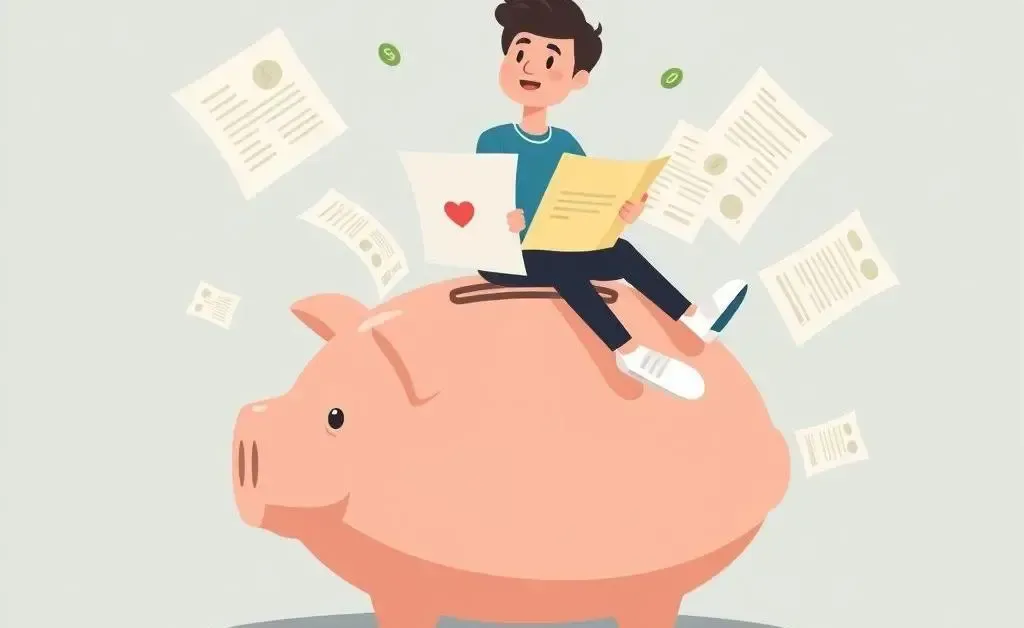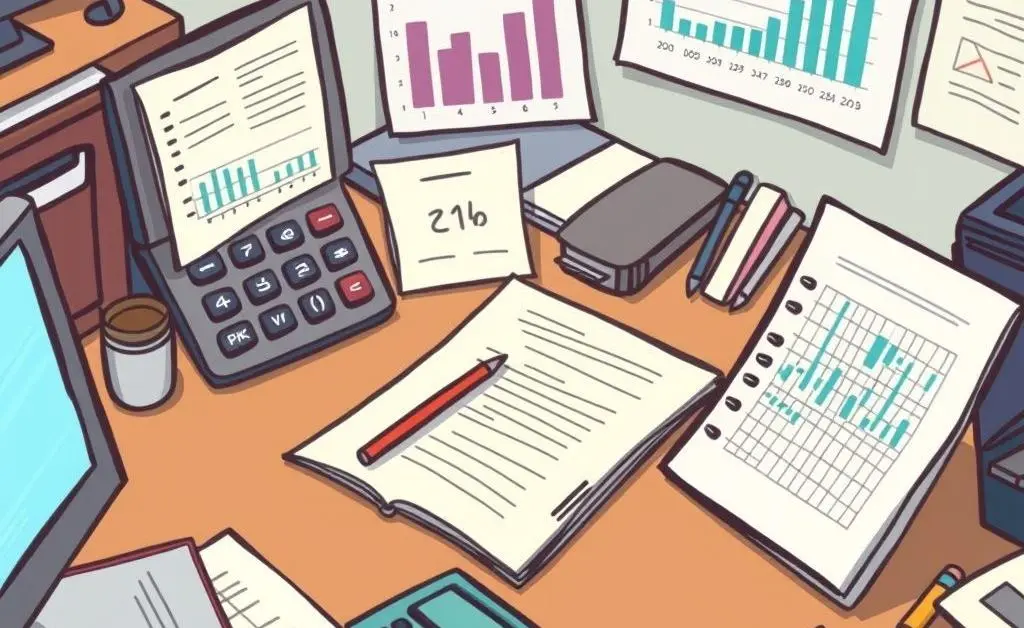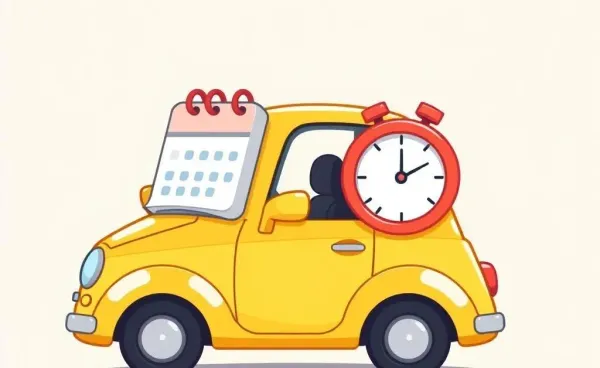Building a Bulletproof Emergency Fund: A Year-Long Safety Net
Learn how to extend your emergency fund's safety net to a full year. Practical steps for secure financial stability.

Have you ever wondered how you'd handle a year-long financial dry spell? Whether it's a job loss, health issue, or unexpected expenditure, having an extended emergency fund can turn a stressful scenario into a manageable bump in the road. Today, let's talk about stretching your emergency fund to cover one full year and why it may be one of the best financial decisions you can make.
Why Consider a Year-Long Emergency Fund?
In a world where job security is not always guaranteed and unexpected costs seem to appear out of nowhere, extending your emergency fund to 12 months can be a lifesaver. While a standard recommendation is typically three to six months of expenses, a year-long fund adds an unrivaled safety net against extended periods of reduced income.

How to Build a Year's Worth of Savings
So if you’re ready to fortify your financial defenses, let's walk through a realistic plan to extend your emergency fund.
Step 1: Calculate Your Monthly Expenses
Know exactly what you need each month to cover essentials like housing, food, healthcare, and utilities. Multiply this total by 12 to find your target savings goal.
Step 2: Trim the Fat
Review your budget for any non-essential expenses. Cutting back on dining out or subscription services can lead to significant savings over time.
Step 3: Automate Your Savings
Use automatic transfers to your savings account. Treat your emergency fund contribution like a fixed bill each month—it’s a powerful way to ensure consistency.

Step 4: Consider Higher-Interest Savings Options
While it's crucial to keep your emergency fund accessible, consider high-yield savings accounts that offer a better return on your balance.
Challenges You Might Face
Balancing the growth of your emergency fund against other financial goals can be tricky. Remember, the key is to prioritize your safety without sacrificing the growth of investments or retirement funds.
Why It's Worth It
In an uncertain world, this financial cushion provides unparalleled peace of mind and flexibility. It transforms potential financial disasters into opportunities for recalibration and growth.

What About You?
Have you started building your own year-long emergency fund? If not, what's holding you back? Share in the comments—we'd love to hear your thoughts!



